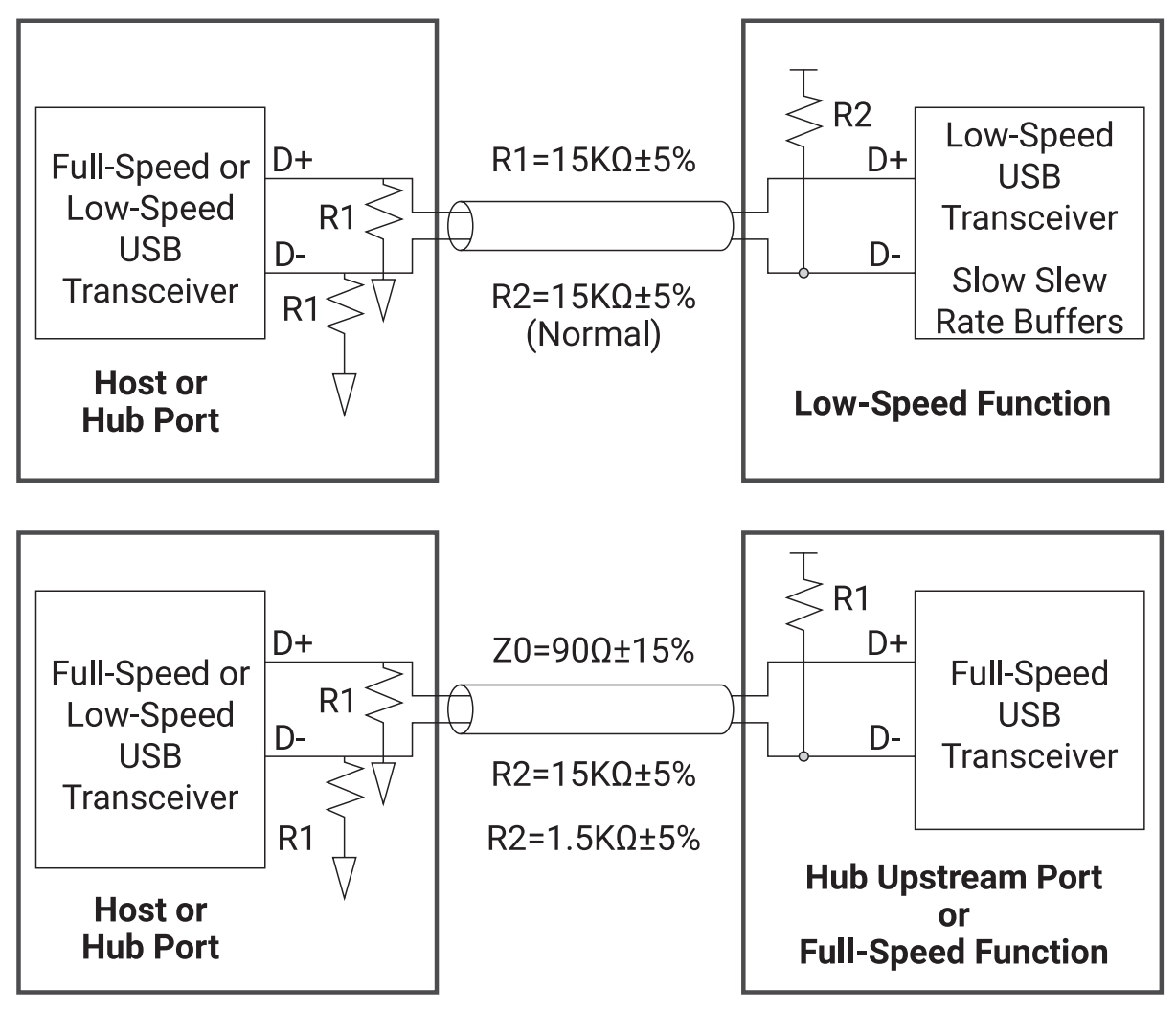Basic USB Information
Technical Data for USB Type LED Tower Light

- The LED tower light that is fully controllable by the PC application program of a PC via an USB port connection
- The USB communication cable is comprise of VCC, D-, D +, GND, and Shield
- Uses 2 DC 5V/500mA rated Personal Computer (PC) USB for its power
- Available on hosts that support USB 1.1 or higher
- Provides MS Runtime libraries for developers to utilize on various PC applications
- Built-in clear melody, alarm sound, the type of sound can be chosen when ordered
- Supported Program : VC++, VB, Delphi(32bit only), C#(64bit only)
- Supported Program : VC++, VB, Delphi(32bit only), C#(64bit only)
- Qlight’s USB Tower Light is a LED tower lamp connected to a USB interface and controlled by a PC program. These products work on hosts that support USB 1.1 or higher and allow up to 4 USB Tower Light connections per PC
- Supports Low speed (1.5Mbps) and Full speed (12Mbps) communication
- Provides MS Runtime libraries for developers(VC ++, VB, Delphi) to utilize in various PC applications. A sample program (VC ++) is available for testing purposes.
- The product uses device drivers in the PC for built-in HID (Human Interface Devices). Therefore, the operating system (OS) does not need a separate driver to control and to communicate with the LED Tower Light through the PC application Native support for 32bit OS, and supports 64bit in Windows XP, Win7. For other OS, please contact us(32bit 64bit)
USB is an abbreviation for Universal Serial Bus, a PC peripheral bus standard developed to satisfy the industries growing need in the mid 1990s for a new interconnection between computers and electronic devices. Developed by companies such as Intel, Microsoft, Compaq, IBM, NEC, Nortel, DEC etc. the USB can connect up to 127 devices without reboot or setup for new peripherals. Data transfer speed have been improving rapidly.
| Communication | DEVICE CLASS CODE | INTERFACE CLASS CODE |
| Audio Interface | 0x00 | 0x01 |
| Communication Device | 0x02 | - |
| HID | 0x00 | 0x00 |
| HUB | 0x09 | 0x09 |
| Storage | 0x00 | 0x08 |
| Monitor | Same as HID | Same as HID |
| - | 0x07 |
* HID(Human Interface Devices)?
Interface Device (HID). These devices can be used to control the PC. A typical HID device includes a mouse, keyboard, joystick, etc.
The data from the devices is sent to the host(PC) by a “interrupt” type IN-endpoint format.

The process of connecting and detecting the device to the USB port is called “the initial determination”.
After “the initial determination” is made, the host PC requests the device’s specific role and the function is then specified by the Descriptor.
At that moment the device and the PC periodically exchanges requests, and the descriptor. This process is called “Enumeration”.
After the finishing the “enumeration” process the PC detects the device and registers it as a USB Device.
When the registration is completed, the USB Device exchanges data and perform its designated function.
The process how the USB Device is connected to the PC
① When you connect a USB Device to the PC, Device is powered on.
② Normally the D+, D- of the PC is on low signal with both D+ and D- having pull down resistors of 15KΩ.
③ A full speed USB Device has a pull-up resistor of 1.5KΩ hung on D+, Low speed devices on the other hand have a pull-up resistor of 1.5KΩ on the D-.
④ Therefore, the PC usually has a low signal on the data line but when the USB device is connected the PC it detects the high signal of the data line and notifies the host of the USB device connection.
Connect with Us!
Qlight is ready to provide supreme services.
We will give you a prompt response once you leave a message on the contact form.
